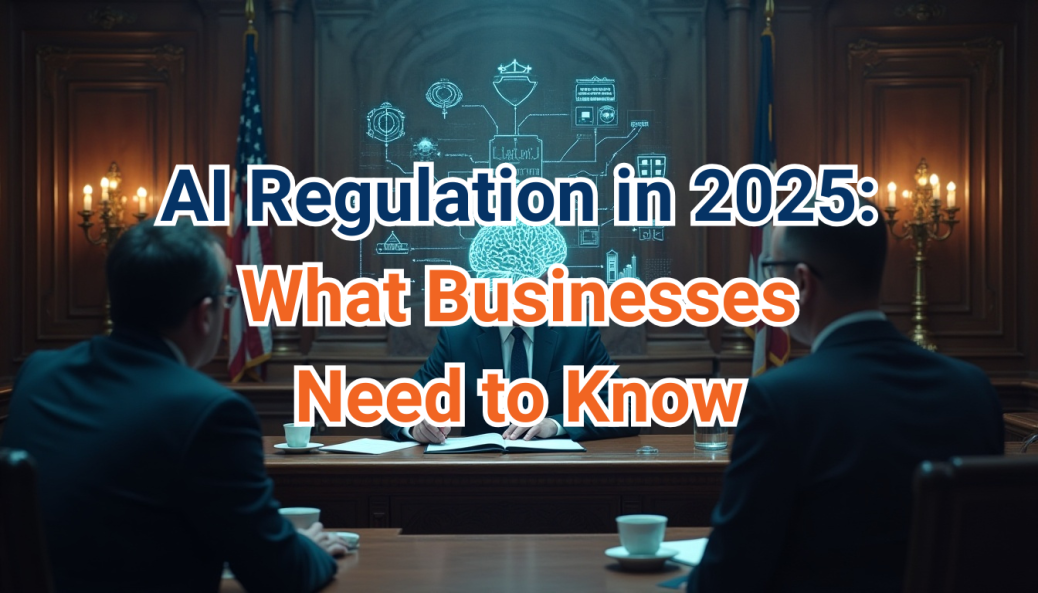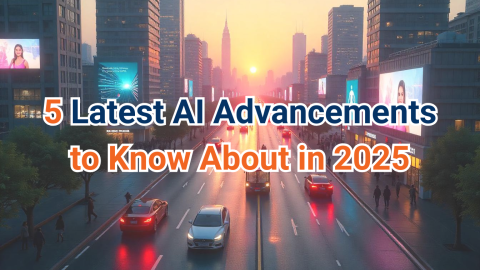As artificial intelligence rapidly evolves, so do the legal and ethical questions surrounding its use. In 2025, new regulations are reshaping how AI can be developed, deployed, and integrated—especially for businesses. Whether you’re a solo entrepreneur using a chatbot or a company building internal automations, understanding AI regulation in 2025 is now critical.
This article breaks down the key rules, what they mean in practice, and how to stay compliant without legal headaches.
Why AI Regulation Is Now Front and Center
Until recently, AI was seen as a gray area in law—powerful, but mostly unregulated. That changed when governments saw the risks: deepfakes, algorithmic bias, and misuse of personal data.
Today, legislation aims to:
- Promote transparency in how AI works
- Prevent harmful or unethical uses
- Require clear documentation of AI systems
- Ensure human oversight over sensitive decisions
The most influential frameworks so far? Europe’s AI Act, growing U.S. state-level regulations, and global efforts by organizations like the OECD.
The EU AI Act: A Global Benchmark
The EU AI Act is the first comprehensive law governing AI across an entire region. Though it applies to the EU, its impact is global—many companies adopt it as a standard.
Key points:
- Risk-based classification: AI systems are categorized from minimal to unacceptable risk
- High-risk AI (used in employment, finance, legal systems) must meet strict transparency and audit standards
- Prohibited uses: Systems involving social scoring, mass surveillance, or manipulative behavior
- Transparency obligations: Users must be clearly informed when they’re interacting with AI
If your business markets to the EU—or uses tools that do—you may be affected even if you’re not based in Europe.
AI Regulation in the United States
The U.S. has no unified federal law yet, but:
- California, Illinois, and New York have passed AI-specific consumer and employment protections
- The White House Blueprint for an AI Bill of Rights outlines ethical guidelines for developers and businesses
- FTC enforcement is growing around deceptive AI marketing, biased algorithms, and user manipulation
U.S. businesses should monitor:
- Transparency rules for data usage
- Consent and opt-in requirements for generative AI tools
- Discrimination risks when AI is used in hiring or finance
What This Means for Small and Medium Businesses
If you’re using tools like ChatGPT, GrammarlyGO, Jasper, or Notion AI, regulation may not directly target you—but it still matters.
You may be expected to:
- Disclose when content is AI-generated
- Avoid misleading outputs (e.g., fake testimonials, hallucinated data)
- Ensure accuracy in tools used for finance, hiring, or legal content
- Check provider compliance if you’re embedding AI from external APIs
The more your business relies on AI, the more likely regulators are to hold you accountable—even indirectly.
How to Stay Compliant Without Hiring a Lawyer
Here’s what you can do to stay safe and ethical:
- Label AI content clearly – Whether it’s on your website or email, make it clear when content is AI-generated
- Use trusted tools – Stick to vendors that prioritize compliance and provide documentation, such as OpenAI or Google DeepMind
- Don’t use AI for sensitive decisions – Avoid using AI to screen job candidates or make financial approvals unless your system is certified
- Review tool terms and privacy policies – Understand what data is stored or shared
- Keep a record – Save AI-generated content, decision logs, and data inputs in case you’re audited later
Conclusion
The age of “anything goes” in AI is over. But that’s a good thing. Regulations are pushing developers and businesses to be more responsible, transparent, and ethical.
By understanding and aligning with AI regulation in 2025, your business doesn’t just avoid risks—it also builds trust with customers, partners, and platforms.








